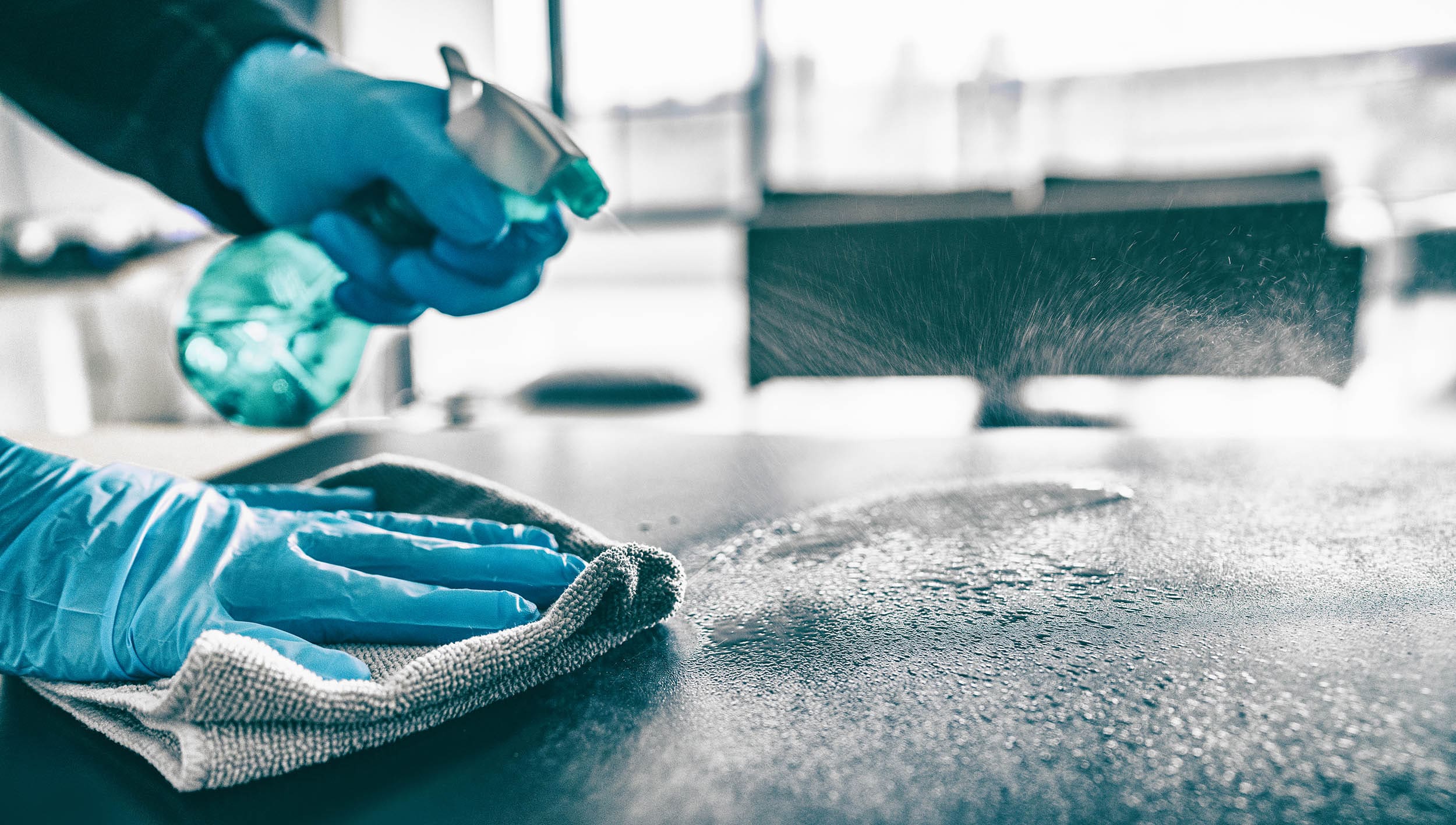Summary of the EN 14476 Test Method
The EN 14476 test method is a suspension test used to evaluate the virucidal efficacy of disinfectants. It involves preparing the test substance, inoculating it with a virus, and then determining the reduction in viral titer after a specified contact time. The test is conducted under specific conditions and the results are compared to a control. This method is reproducible and allows for the evaluation of different concentrations and contact times. However, data generated for viruses in suspension may not be applicable to dried virus films on surfaces, and data for EU regulatory agencies may not be sufficient for EPA claims.
-
Before test initiation the appropriate conditions for the test product are selected. Required conditions vary depending on the category of product and the conditions of use.
-
The test substance is prepared according to Study Sponsor directions.
-
A 0.8 ml aliquot of test substance is supplemented with 0.1 ml of interfering substance (“clean” or “dirty” depending on the final use of the test product).
-
A 1.4% formaldehyde control is prepared and supplemented with the same interfering substance as the test substance.
-
The test product and formaldehyde control are both inoculated with the viral suspension and held for the duration of the contact time.
-
A virus recovery control is prepared using an inert substance such as buffered saline or cell culture media in order to determine the initial viral titer used to challenge the test substance.
-
At the conclusion of the contact time the test product and controls are neutralized, either through dilution into a chemical neutralizer, passage through a physical matrix (e.g. Sephacryl gel columns), or a combination thereof.
-
Neutralization controls and cytotoxicity controls are also performed to determine the effectiveness of the selected neutralization method and the impact of the test product on host cells.
-
Once the test product and controls are neutralized, they are serially diluted and plated onto permissive host cell monolayers
-
The host cell-test suspension system is allowed to incubate for the appropriate time (typically 7 days).
-
At the conclusion of the incubation period, the assay is scored using the Spearman-Karber method to quantify the viral titer, and any cytotoxicity observed is noted accordingly.
Virucidal Efficacy Success Criteria
-
The starting viral inoculum must have a sufficiently high titer for the test product to show at least a 4-log10 reduction relative to the virus recovery control.
-
Should there be any cytotoxicity in the assay, a 4-log10 reduction must be demonstrated past the level of cytotoxicity.
-
The correct interfering substance is used as appropriate for the final use of the product.
-
The formaldehyde control demonstrates a log reduction within bounds for the selected test virus.
-
Neutralization controls demonstrate effective cessation of antiviral activity at the conclusion of the contact time(s).
Strengths of the EN 14476 Method
-
Data generated will conform to certain EU guidelines for efficacy data required for disinfectant claims.
-
The test method tends to be more reproducible than most hard-surface carrier methods.
-
Several active ingredient concentrations can be evaluated efficiently over various contact times.
-
Original method accounts for the product dilution that occurs with the application of interfering substances and viral inoculum, avoiding artificial reduction of product efficacy.
Weaknesses of the EN 14476 Method
-
Data generated for formulations against viruses in suspension may not translate to efficacy against dried virus films on hard, non-porous surfaces.
-
Data generated for submission to various EU regulatory agencies may not be sufficient for EPA disinfectant claim consideration.
EN 14476 Testing can be performed at Microchem Laboratory as a simple screen (non-GLP), or under more comprehensive GLP study conditions.

